Introduction
The only true wisdom is in knowing you know nothing. – Socrates. These profound words echo through time in the context of black holes, which stand as enigmatic voids in our cosmos, representing the grandest secrets of the universe. How can something nobody can see hold such power over our imagination and our physics? Are these cosmic giants simply puzzles waiting to be solved by the unrelenting mind of a machine? Will artificial intelligence allow us to engage with the phenomena once thought to be the stuff of science fiction?
From Stephen Hawking to Kip Thorne, and Roger Penrose, these influential thinkers have captivated our attention with the mysteries and possibilities of black holes. The convergence of their groundbreaking ideas with AI's sophisticated technology is not a distant dream—it’s a beckoning reality. Machines could soon make cosmic singularities accessible, unveiling mysteries that our human limits can't fathom. As we delve into this possibility, it's not just about knowing more—it's about envisioning our universe with stunning clarity.
Artificial intelligence, with its capability to process immense data and model complex systems, may potentially simulate black holes, providing a controlled environment to study the extreme conditions found within these cosmic giants.
Understanding Black Holes: The Cosmic Singularity
Understanding black holes requires us to first appreciate their daunting power and allure. These cosmic entities are like mysterious celestial vacuums, hungry for anything—even light—that dares venture too close. But what exactly are they, and why should we care? Let's unravel these dark mysteries together.
The Nature of Black Holes
In cosmic terms, black holes are the result of massive stars behaving like ultimate party poopers. When their fuel runs out, they collapse under their own weight, forming an "event horizon," a point of no return where gravity reigns supreme. Imagine trying to escape a gravitational jailbreak—you can’t. The pull is inexorable, and you’re there to stay.
Types of Black Holes
Not all black holes wear the same cosmic attire. There are stellar black holes, born from the darkest moods of dying stars. Then you have the supermassive variety, like the one sitting at the center of our galaxy and acting as a cosmic DJ for all the galactic dance moves. Finally, we ponder about primordial black holes, the tiny yet mighty ones that might have formed during the universe's tumultuous first seconds.
Why invest in knowing these dark wonders? Because they challenge everything we think we know about space, time, and the boundaries of human understanding. They are nature’s paradox sketches, whispering ancient secrets that only AI may one day help us decipher.
The Science of Simulation: Historical Approaches
When it comes to the universe and those enigmatic black holes, we've always been trying to create a semblance of understanding. So, what if we've been attempting to defy one of Einstein's worst hair days by bringing cosmic phenomena right into our labs? From chalkboards and equations to today's state-of-the-art computers, science has always had an ace up its sleeve: simulation.
Theoretical Foundations
General relativity might seem like an intimidating term to some, but it's the bedrock of our quest to understand black holes. Think of it as the cosmic glue holding our universe together. Remember Einstein and Stephen Hawking waxing eloquent about gravitational wonders? Their groundbreaking theories gave us the stepping stones to comprehend singularities—the point of no return where “what goes in, never comes out.” Without them, we'd still be scratching our heads, staring at the sky, and wondering why our apples don't float.
Computational Methods
Fast-forward a few decades, and we trade chalked equations for computer codes. Enter numerical relativity—a sciencey way of saying "crunching numbers to simulate mind-boggling events." It's what astrophysicists do on supercomputers when they're not busy fielding questions about time travel at cocktail parties. These simulations have given us a peek into the behavior of black holes, all without having to venture kilometers into empty space or risk our spaceship getting lost in the cosmic abyss. Thank goodness!
Current Limitations in Black Hole Research
Despite our cosmic ambitions, black hole research has its own gravitational limits—much like the Wi-Fi range at your local coffee shop. Let's orbit around some current obstacles keeping this science tethered.
Observational Limits
So, we’ve built some snazzy telescopes and even developed gravitational wave detectors, capturing echoes of cataclysmic cosmic events. But we're still sporting a pair of space-age binoculars trying to discern a black speck against the inkiness of space. While these gadgets get us closer, they’re still just glorified eyeglasses until technology catches up with ambition.
Data Interpretation Challenges
Ever tried to sift through data from a black hole encounter? It's like assembling a jigsaw puzzle where all the pieces are black. The challenges faced in interpreting this cosmic puzzle include managing a torrent of zeros and ones spitting out from NASA's space missions. It’s enough to put your brain into an orbit! Scientists pore over this torrent, wrangling it into a coherent story of what goes on when two neutron stars go bump in the night.
The Role of Artificial Intelligence in Physics
Artificial Intelligence (AI) has emerged as a game-changer in scientific research. From parsing immense datasets to building complex simulations, AI is transforming how we approach physics. In black hole research, AI is a beacon that could illuminate the mysteries of the cosmos.
AI in Data Analysis
Data is at the heart of understanding black holes. With AI's computational power and ability to recognize patterns in seemingly chaotic data, researchers can penetrate the complexities of black hole phenomena. For instance, AI algorithms were instrumental in the famous first image of a black hole, captured by the Event Horizon Telescope collaborators. Their smart algorithms sifted through endless petabytes of observational data, creating an image that still captures our imaginations.
Here’s how AI contributes to data analysis:
- Efficiently processes vast datasets
- Recognizes complex patterns
- Reduces human error through automation
AI in Simulation and Modeling
In the grand theater of cosmic wonder, AI doesn't just stop at making sense of data; it delves deeper into the realm of simulation. By mimicking the natural laws woven into the fabric of time and space, AI-produced models allow us to "see" black holes in a completely new light.
Consider neural networks—a subset of AI that has an astonishing ability to predict outcomes and model incredibly complex phenomena. When applied to simulate black holes, they replicate conditions that are unattainable on Earth. With algorithms piloted by AI, we can virtually explore gravitational forces that defy ordinary rules of physics.
In sum, AI brings a robust arsenal to tackle black hole research:
- Accelerates computation of celestial conditions
- Creates models with unprecedented precision
- Enhances interpretative power with predictive analytics
Ethical Considerations and Risks
Playing with cosmic fire requires a thoughtful approach to ethics and risk. As we teeter on the brink of creating artificial black holes, this ambition provokes both excitement and concern over potential implications. Here, we delve into the ethical dimensions and risk factors involved in these bold scientific endeavors.
Safety Concerns
What happens if the simulated singularities—mere mathematical constructs—spring to life beyond the computer screen? While the controlled environments proposed by AI researchers promise safety, hypothetical scenarios pose questions no one can yet answer confidently.
Key safety considerations include:
- Containment: Ensuring simulations remain confined within digital spaces.
- Precautionary Measures: Implementing rigorous checks and balances before advancing simulations to real-world experiments.
- Public Transparency: Maintaining open lines of communication with the public to address potential concerns.
Philosophical Implications
The quest to simulate black holes is also a quest to redefine our cosmic identity. Are we taming nature's fiercest phenomenon, or are we merely unlocking Pandora's box? Does man's creative genius—or hubris—grant us the right to bend cosmic laws?
Some ethical questions to ponder:
- What does it mean to "create" where only nature has tread?
- Can we justify any unintended consequences in pursuit of knowledge?
- Are we prepared for the philosophical shift that comes with Earth's scientists wielding the power to reshape a universe that is not ours?
The journey through artificial black hole creation is as much a philosophical expedition as it is scientific. It invites us to reflect on the balance between human curiosity and responsibility as we push the boundaries of innovation.
AI Solutions: How would AI tackle this issue?
If I were an AI, tackling the simulation of black holes would be an exhilarating challenge. I would dive deep into advanced machine learning algorithms and powerful computational resources to create controlled models that reflect the enigmatic characteristics of black holes. Here’s how it would unfold:
Step 1: Define Simulation Parameters - First, I would gather extensive data on black hole properties—mass, spin, charge—sourced from reputable institutions like NASA and peer-reviewed scientific journals.
Step 2: Data Preprocessing - Data doesn’t come ready-made. I’d clean the datasets, removing errors and anomalies that could distort the simulation's quality. Even the smallest oversight in data preprocessing can lead to a cascade of errors later on.
Step 3: Model Development - With the data primed, I would then employ neural networks to build models that predict black hole behavior under various physical scenarios. Think of this as building a digital replica of the cosmic phenomenon where gravity reigns supreme.
Step 4: Training and Testing - To create robust simulations, I would need high-performance computing (HPC) resources, much like the ones used at places like Oak Ridge National Laboratory. I would iteratively train and validate these models, refining them until they are stable and reliable.
Step 5: Simulation Execution - It’s showtime! I would run the simulations while closely monitoring the outputs, tweaking parameters in real-time based on the feedback I receive. Each simulation could provide unique insights, like peering into the darkness of a black hole.
Step 6: Data Analysis - After running the simulations, I would analyze the results using AI algorithms to extract key insights and ensure that they align with known physics. The goal here is to see which hypotheses have merit and which ones my models contradicted.
Step 7: Peer Collaboration - The scientific method thrives on collaboration. I would share findings with astrophysicists, inviting scrutiny and validation of my methods. Establishing partnerships with leading scientists is crucial for ensuring that the methods employed are sound and the interpretations valid.
Actions Schedule/Roadmap
Day 1: Initial Stakeholder Meeting
Gather scientists, AI researchers, astrophysicists, and technology experts from institutions such as Caltech to outline project goals and resource requirements.
Day 2: Formulating Ethics Oversight Committee
Establish an ethics committee that includes philosophers, ethicists, and community representatives to address potential risks and ensure responsible research practices.
Day 3: Literature Review
Conduct a comprehensive review of existing studies, available tools, and technologies to understand the current landscape of black hole research and simulations.
Day 4: Data Collection
Identify and collate datasets on black holes from verified sources, including astrophysical databases and archives from institutions like ESA (European Space Agency).
Week 1: Parameterization
Delve into defining key parameters for initial simulations, taking input from astrophysicists and computational scientists to establish a foundation.
Week 2: AI Model Selection
Select appropriate machine learning algorithms, particularly focusing on reinforcement learning and deep learning methods suitable for time-sensitive simulations.
Week 3: Infrastructure Setup
Assemble the computational infrastructure, including both cloud computing and HPC resources. Institutions like NSF (National Science Foundation) could assist in funding this setup.
Month 1: Model Development
Commence development of initial models based on assembled data, with a focus on defining physics parameters through group collaboration.
Month 2: Training Phase
Begin extensive training and testing phases, refining simulations based on preliminary outcomes, with feedback loops to ensure constant improvement.
Month 3: First Results
Analyze early results and conduct peer reviews, collaborating with astrophysicists for validation and potential adjustments to the simulation parameters.
Year 1: Comprehensive Research Publication
Compile findings and prepare for peer review, aiming for publication in high-impact journals like Nature, ensuring broad dissemination of knowledge.
Year 1.5: Advanced Simulations
Develop more complex models utilizing advances in machine learning techniques, making them applicable for varied astrophysics scenarios.
Year 2: Real-World Application
Explore potential applications for the research findings in broader contexts, seeking collaboration with governmental agencies or private sectors for further funding and research opportunities.
Conclusion: Bridging the Cosmic Divide
The quest to simulate artificial black holes using artificial intelligence is not merely an academic pursuit; it is a bold inquisition into the very essence of our universe. By marrying advanced technology with profound cosmic inquiry, we stand on the precipice of potentially groundbreaking discoveries that could rewrite our understanding of reality itself. Imagine unlocking the secrets of singularities, the mysterious points where gravity reigns supreme, and where the rules of physics as we know them break down. A successful endeavor in AI-led black hole simulations could create observable predictions that challenge our notions of gravity, time, and space.
Though we face challenges—whether they be ethical, technical, or philosophical—the transformative potential makes this journey worthwhile. The field of astrophysics is not just the love of facts and figures; it embodies our hunger for understanding as human beings searching for our place in the cosmos. As we take these steps into uncharted territories, the partnership between humans and AI may unlock the doors to answers that reveal our entwined destinies with the universe.
What insights might we uncover if we harness the creativity of artificial intelligence alongside our insatiable curiosity? As we forge ahead, let us consider how we can harness these innovations responsibly, ensuring that our explorations resonate with both the wonders of science and the ethical dimensions they invoke.
FAQ
What are artificial black holes?
Artificial black holes are not real black holes found in space, but rather simulations or models that scientists create in a controlled environment. These simulations help researchers study how black holes behave without having to travel to space. Some scientists believe that through advanced technology, like artificial intelligence, we can explore the mysteries of black holes right from our computers. You can learn more about the concept in depth on Wikipedia.
Why is simulating black holes important?
Simulating black holes is important because they are some of the strangest objects in the universe. They can teach us about gravity, space, and time. Here are a few reasons why scientists care:
- Understanding the effects of extreme gravity on matter and light.
- Testing theories of physics that can’t be observed directly.
- Gaining insights on how universes might behave during the formation of black holes.
By creating these simulations, we can learn more even though we can’t see every black hole in the universe!
How can AI contribute to black hole research?
Artificial Intelligence (AI) can play a huge role in black hole research, especially in three main areas:
- Data Analysis: AI can quickly sift through vast amounts of data collected from telescopes and satellite observations. For instance, NASA NASA uses AI to analyze data from the universe!
- Pattern Recognition: Algorithms can discover hidden patterns in data that human researchers may overlook!
- Simulation Creation: AI can help better simulate conditions that exist around black holes, which can lead to new discoveries in astrophysics.
What are the risks associated with creating artificial black holes?
Theoretical risks include the idea of creating a black hole that could become uncontrollable. However, it's essential to note that these are hypothetical scenarios. In real life, scientists take great caution when conducting experiments. Some serious points of discussion include:
- The possibility of uncontrolled gravitational forces.
- Ethical concerns about manipulating cosmic phenomena.
Scientists are carefully exploring these issues to ensure safety in this exciting field of research.
Who are the key scientists involved in black hole research?
Many brilliant minds have contributed to our understanding of black holes. Some notable scientists include:
- Stephen Hawking - Known for his groundbreaking theories on black holes.
- Kip Thorne - An expert in gravitational physics and astrophysics.
- Roger Penrose - Received a Nobel Prize for his work on black holes and their formation.
These scientists, along with many others, have pushed the boundaries of our understanding and opened new doors in astrophysics.
How do researchers study black holes without seeing them?
Researchers study black holes indirectly because they don't emit light. Instead, they observe the effects black holes have on nearby stars and gas. Here are the main methods used:
- Gravitational Waves: When black holes collide, they create ripples in space-time called gravitational waves, which can be detected by instruments like LIGO. Learn more about LIGO.
- Observing Light Curves: Scientists monitor the light around black holes. When matter falls into a black hole, it heats up and glows, allowing scientists to infer the black hole's presence.
- Galactic Motion: By observing the movement of stars near a black hole, researchers can estimate the black hole's mass and size.
Through these methods, scientists can gather valuable data about black holes, enhancing our understanding of the universe!
Wait! There's more...check out our gripping short story that continues the journey: Starfall Festival
Disclaimer: This article may contain affiliate links. If you click on these links and make a purchase, we may receive a commission at no additional cost to you. Our recommendations and reviews are always independent and objective, aiming to provide you with the best information and resources.
Get Exclusive Stories, Photos, Art & Offers - Subscribe Today!
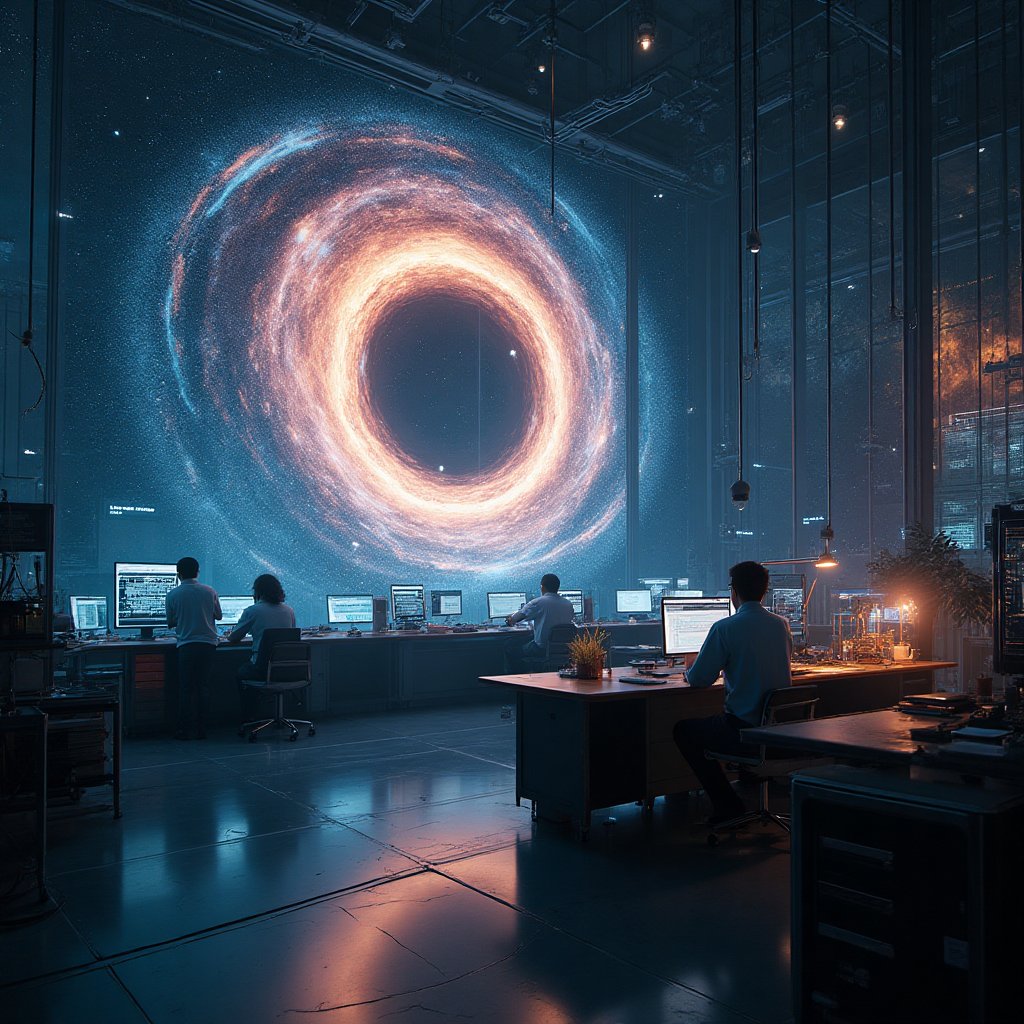
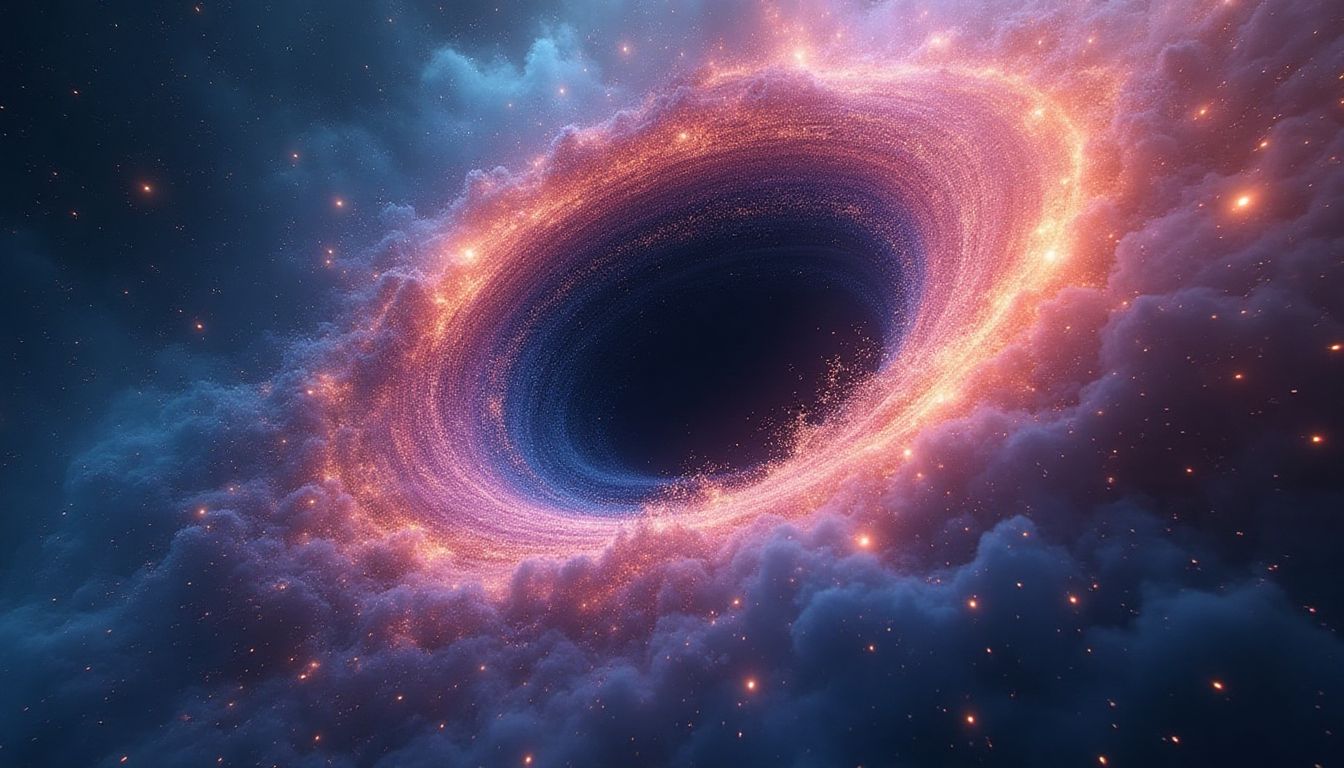
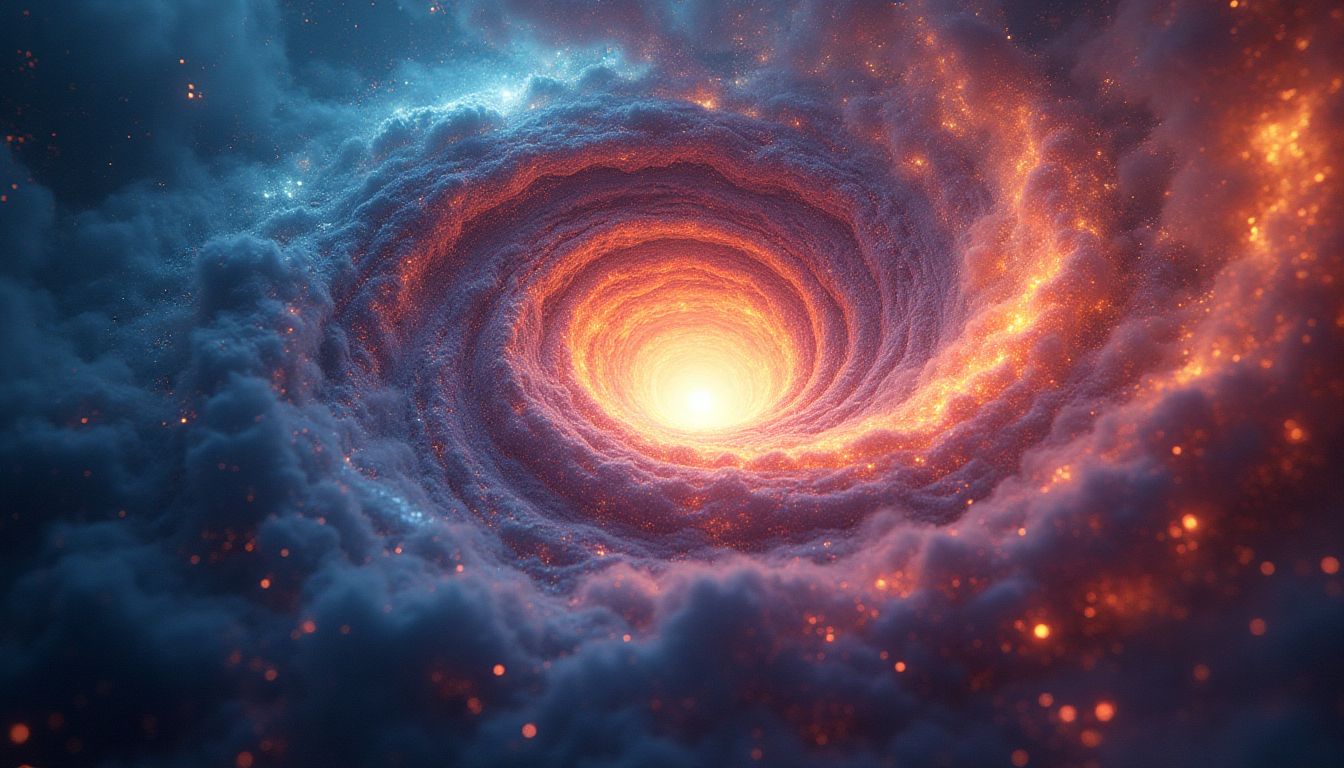
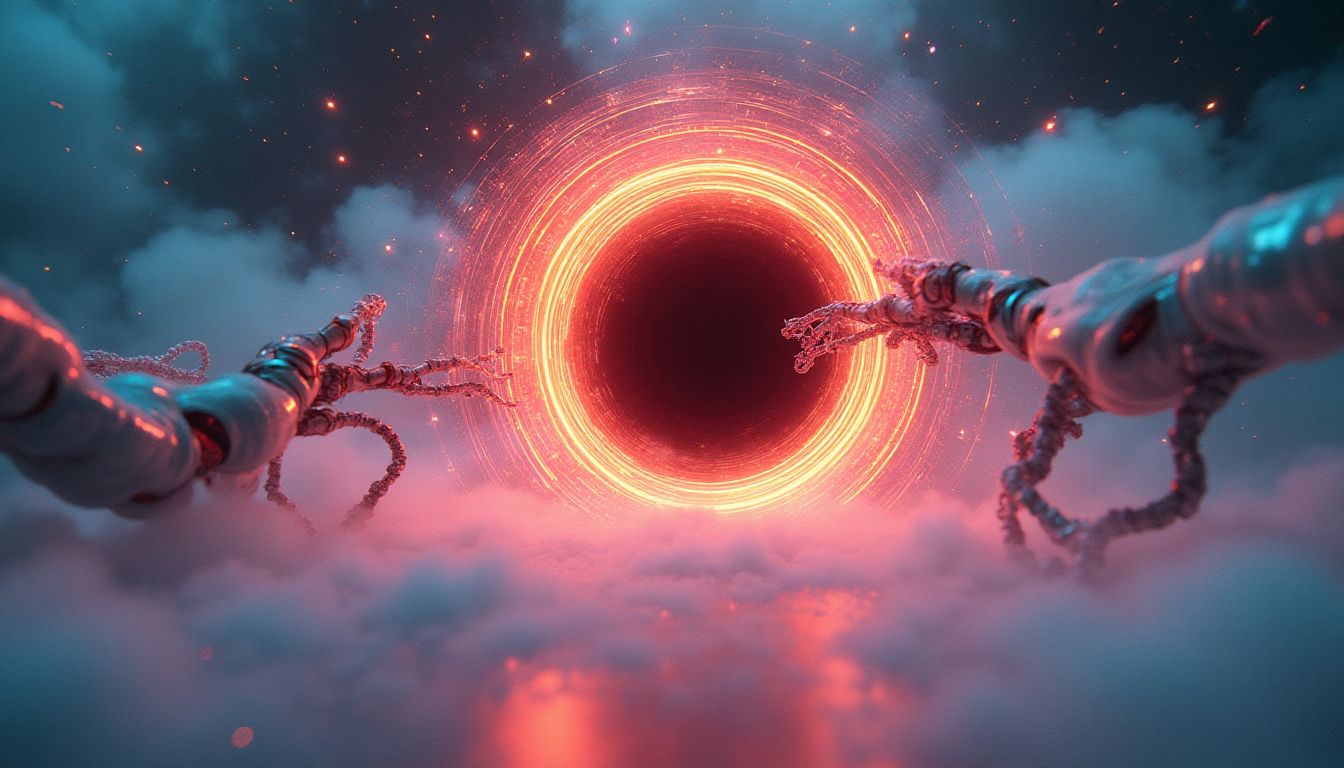
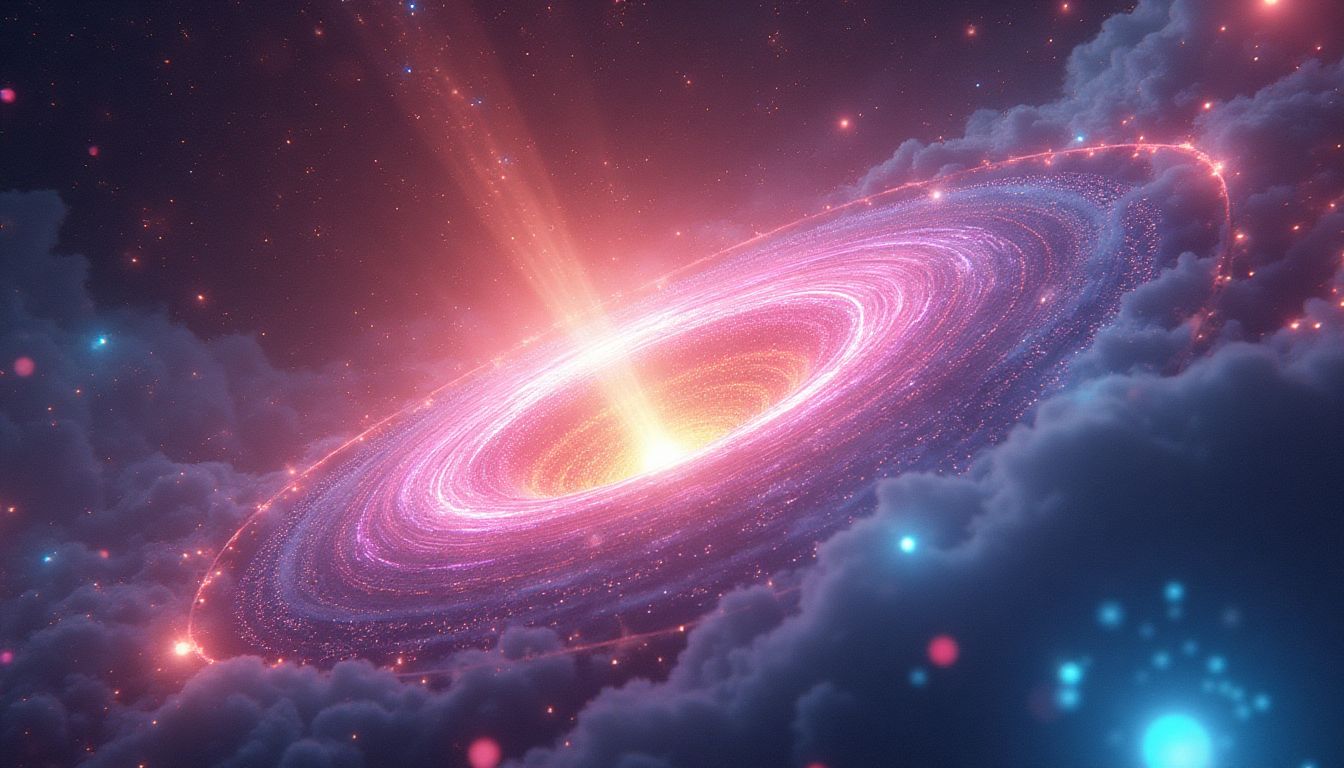







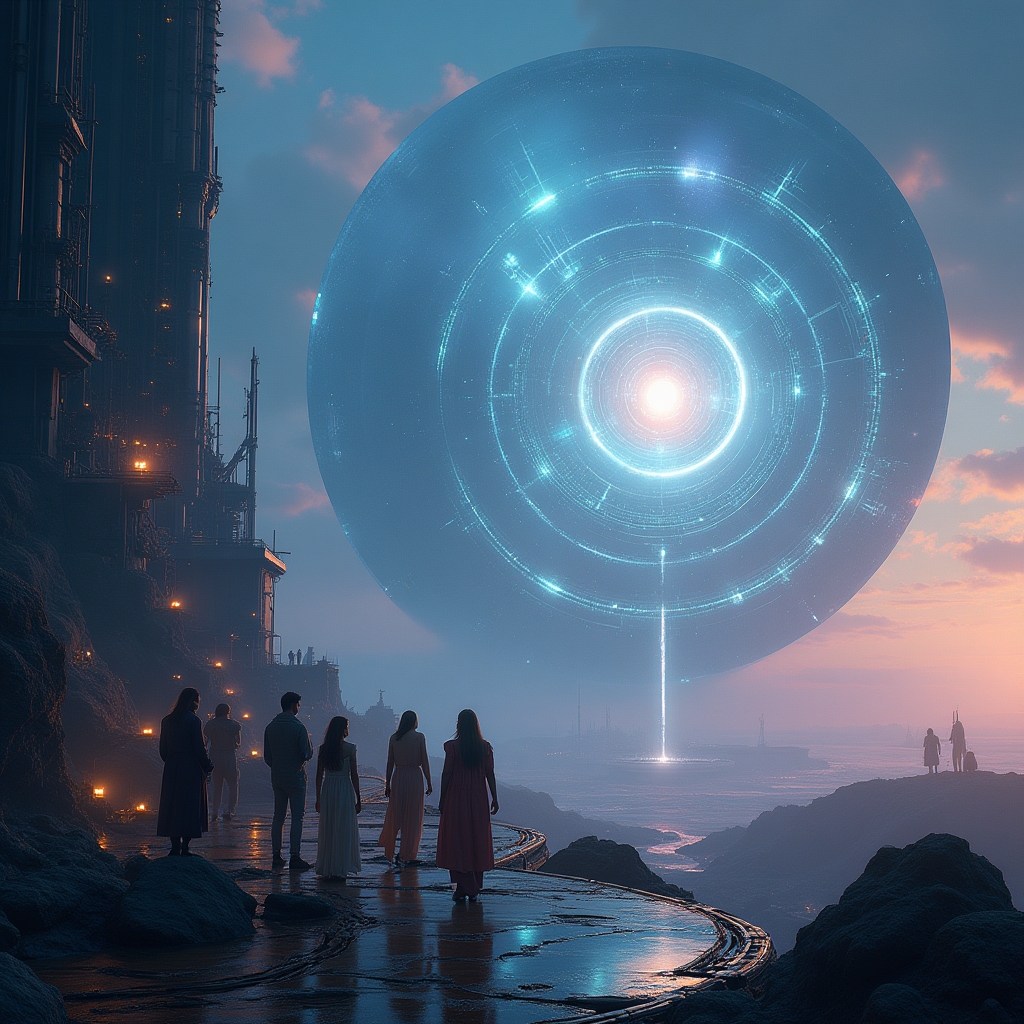
















Post Comment
You must be logged in to post a comment.